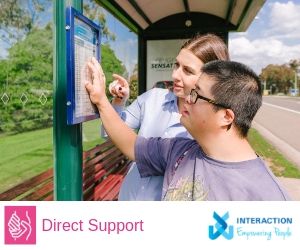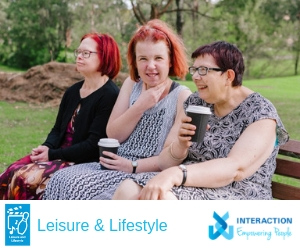Communication is an essential part of all of our lives, day to day. When a child also has a disability, this can at times have an impact on how they communicate with the people in their lives and in turn, how others communicate with them.
Broadly speaking, nonverbal communication is communication without the use of spoken language. Where behaviours of concern are present, positive behaviour support frameworks generally tell us that often this behaviour is being used as a way to communicate an unmet need or want in a child’s life.
A few examples of this include expressing: an emotion such as fear; a physical sensation such as pain; a wish to escape a situation they find unpleasant such as a noisy room or gain access to something preferred such as their favourite toy. Taking the time to notice and trying to understand the non-verbal communication attempts by that particular child is a great step that anyone can take with little guidance.
For example, after 2 weeks of watching your child and the environment in their day to day routine, you start to notice that every time you are at the local shops during busy periods, your child hums louder and frowns. From this, you decide to try going at a quieter time of day. Your child is now smiling and humming softly each time you go.
For more complex behaviours and needs, it is beneficial to seek the guidance of a professional behavioural practitioner.
For more information on behavioural support available for your child with disability, please contact Interaction Disability Services on 1300 668 123 or visit www.interactionservices.org
You may also like to read:
Developing Important Communication Skills
Parenting – starts with communication









